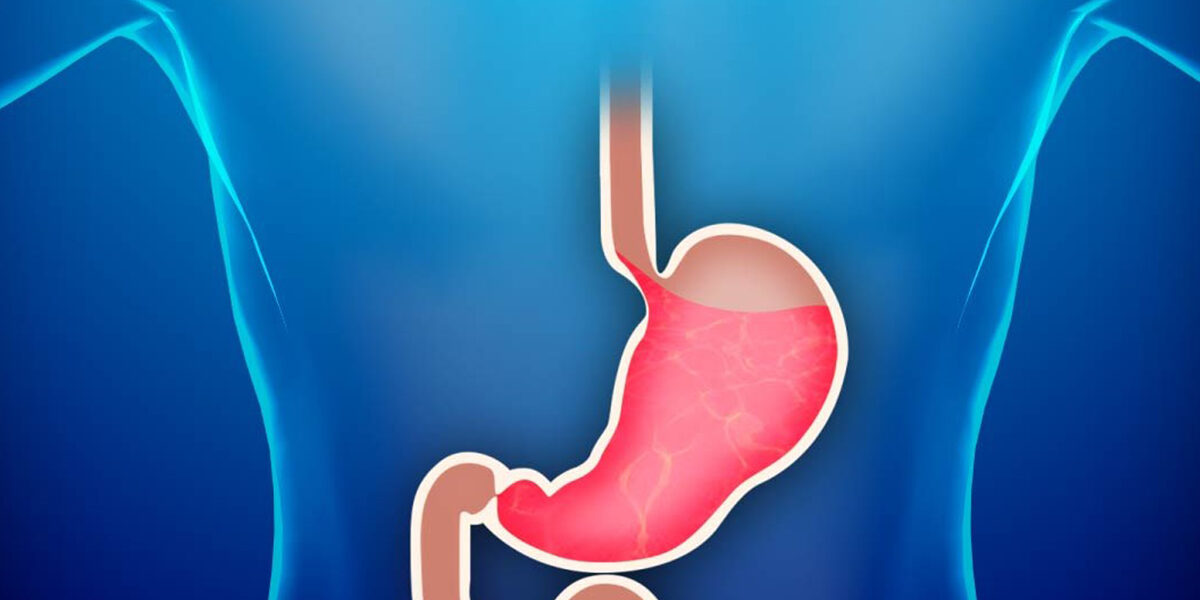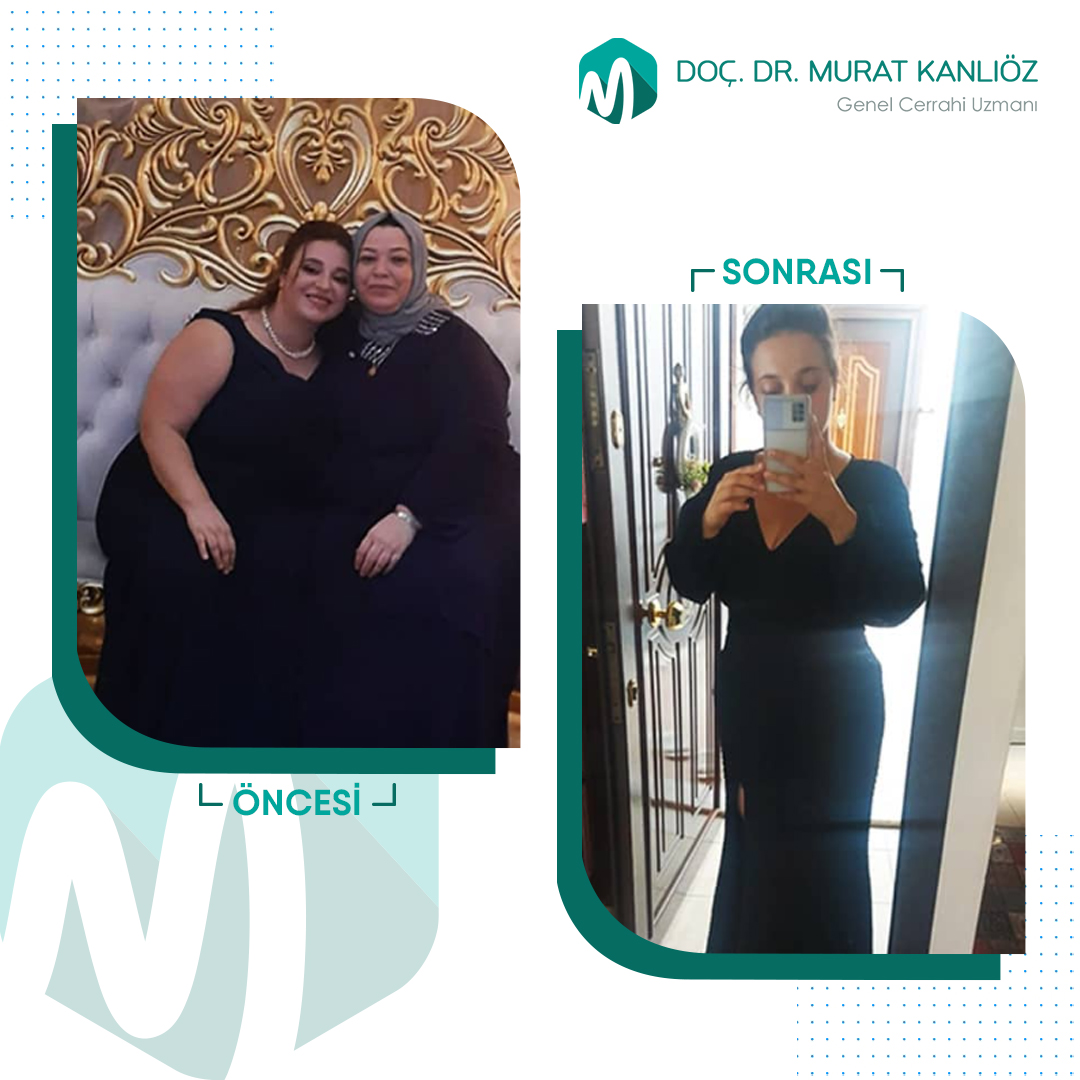
What is Alkaline Reflux Gastritis?
Treatment for Alkaline Reflux Gastritis : Alkaline Reflux Gastritis is a condition in which the contents of the duodenum escape backwards into the stomach (reflux).
Is Duodenal-to-Gastric Reflux a usual condition?
It is acceptable to have some short-term leaks in certain periods. This is called physiological reflux. However, it is abnormal to have reflux in the stomach to the extent that it causes alkaline burns.
What is the underlying cause of Duodenal-to-Gastric Reflux?
The direction of flow through the entire digestive tract is typically forward. There exist a number of anatomical and functional barriers that prevent backward flow. These barriers prevent REFLUX. One of these barriers is situated between the stomach and the duodenum. There exists a structure called Pylorus, which controls the gastric outlet, adjusts the flow rate, provides one-way flow and consists of muscle structures situated at the gastric outlet.
What is Pylorus?
Pylorus is the name of the anatomical site consisting of a muscle bundle at the gastric outlet, which controls the emptying of the stomach and thus acts as a “VALVE” that provides a one-way flow from the stomach to the intestine.
How can you find out if the Pylorus is normal?
Under normal conditions, endoscopic examination does not show any bile content in the stomach. However, the presence of bile content in the stomach suggests an impaired PYLORIC function. If the endoscopic examination shows that the pylorus is completely closed and there is no bile content in the stomach, or if the pylorus closes completely when mild mechanical stimulation is applied around the pylorus with the tip of the endoscopy device, this pyloric structure is called NORMOTONIC PYLORUS (pylorus functioning normally).
However, if endoscopic examination shows that there is bile content in the stomach or if the pylorus closes only partially upon mild mechanical stimulation around the pylorus with the tip of the endoscopy device, it is called HYPOTONIC PYLORUS (a pylorus with poor function), and if it does not close at all despite mechanical stimulation, it is called ATONIC PYLORUS (a non-functioning pylorus).
The prevalence of ATONIC and HYPOTONIC pylorus in the whole population is 10-15%. The prevalence of ATONIC and HYPOTONIC pylorus increases in parallel with increasing BMI.
In what terms is the Pylorus important?
Our stomach serves as a pre-storage and digestion site (mechanical, chemical and enzymatic digestion) for food. With a pH of 1.5-2, the stomach pH is acidic. Due to the acid pH, the stored food is also purified from the microbes it contains.
While eating, the PYLORUS remains closed, which allows the stomach to perform its functions. The average residence time of food in the stomach is 2-4 hours. The stomach contents that are mechanically, enzymatically and chemically digested during this period are called CHYMUS. Once the CHYMUS is formed, a stimulus is sent from the stomach to the brain and 50-75 cc of chymus is transferred to the duodenum every 3-5 minutes through the emptying contraction movements of the stomach and simultaneous opening of the PYLORUS. This allows the intestines to function without any strain due to the slow passage of stomach contents into the duodenum. However, this controlled gastric emptying is only possible with a functional pylorus. In case the PYLORUS fails to close and open, i.e. to perform the VALVE function, the STOMACH becomes completely or partially unable to perform the functions of storing, disinfecting its contents, transferring the contents to the duodenum in a controlled manner, digesting (mechanical-chemical-enzymatic) and preventing the contents of the duodenum from escaping back into the STOMACH.
Complete or partial dysfunction of the pylorus can lead to the followings:
- As the stomach is constantly leaking, a potent satiety can never be achieved. On the other hand, the satiety resulting from the pressure created by the contents remaining in the stomach despite the leaks would also be short-lived due to the leakage.
- The vast majority of carbohydrates (sugar, flour, fruit, etc.) are absorbed in the first 90-100 cm of our small intestine, which is about 8 meters long. Uncontrolled gastric emptying causes sudden and excessive spikes in blood sugar, pushing the limits of our insulin capacity. And this leads to a feeling of tiredness and sleepiness after meals. The blood sugar, which spikes, drops just as quickly when confronted with the insulin response. And this manifests itself as a hunger crisis 2 hours after meals.
- The duodenal contents can flow back through this opening into the stomach. And this leads to “Alkaline Reflux Gastritis”. Duodenal contents have a basic pH. In the duodenum, the bile duct opens 8-10 cm after the gastric outlet. Therefore, it is the bile content of a basic nature that flows back into the stomach. The bile content that leaks into the stomach causes an alkaline burn in the stomach.
- As foods cannot reside in the stomach long enough, they cannot be purified from microbial content, resulting in more frequent intestinal infections.
- As the stomach becomes unable to digest (mechanically-chemically-enzymatically) food adequately, some foods are malabsorbed, leading to intestinal discomfort.
How does Alkaline Reflux Gastritis develop?
“Alkaline Reflux Gastritis” develops in people with ATONIC or HYPOTONIC pylorus. Stomach contents are acidic (pH: 1.5-2), while duodenal contents are alkaline (pH: 8-8.5). The bile duct opens 8-10 cm from the gastric outlet. The most important factor affecting the basic pH of the duodenum is bile. The contents of the duodenum escape backwards (reflux) due to dysfunction of the pylorus, causing an alkaline burn in the stomach. The content that flows back into the stomach is the bile content. This is why it is called “bile reflux gastritis” in many places. The liver produces about 1500-2000 cc of bile per day. The bile produced does not flow directly into the intestine, but is concentrated and stored in the gallbladder (1/10 of 150-200 cc). When we eat, the required amount of bile, depending on the ratio of fat and protein in the stomach content that reaches the duodenum during the controlled transfer of pre-digested foods stored in the stomach to the small intestine, passes into the duodenum with the contraction of the gallbladder and helps digest these foods. However, in patients who have had their gallbladder surgically removed for any reason, 1500-2000 cc of bile produced by the liver flows uncontrollably and continuously into the duodenum because there is no gallbladder. The bile that flows when it is needed remains insufficient, and when it is not needed, it causes discomfort.
The continuous flow of 1500-2000 cc of unconcentrated bile into the duodenum, i.e. 10 times the normal volume, is an important factor causing the bile to backflow in people who have had their gallbladder removed. Therefore, “Alkaline Reflux Gastritis” is more prevalent in people who have undergone gallbladder removal.
In the presence of which findings is Pyloric Dysfunction suspected?
- Severe feeling of tiredness and sleepiness after meals
- Immediate hunger 1.5-2 hours after eating
- Not getting full despite eating much
- A feeling of sour stomach after 3-4 hours of not eating anything
- Excessive abdominal bloating after a meals
- Dyspepsia
- Frequent intestinal infections
- Excessive intestinal gas
Does Pyloric Revision require any preliminary preparation?
Yes, it is. If the patient who will undergo the procedure is taking any blood thinners (aspirin, coraspin, coumadin, etc.), he/she should stop taking them 5 days before the procedure. It is important that there are no food residues in the stomach in order to obtain a sufficiently clean image during the procedure, so oral intake of any liquid-solid food and medication should be avoided 12 hours before the procedure.
How is Pyloric Revision performed?
Following the necessary preliminary preparations of the patient, a vascular access is established following fasting for 12 hours, then the patient is slightly anesthetized (sedation) under the supervision of an anesthesiologist in the standard endoscopy ward in the hospital, and while the patient is asleep with normal breathing and without feeling anything, the endoscopy device is inserted through the mouth to reach the stomach, and the procedure is performed.
Patients who are endoscopically found to have an ATONIC or HYPOTHONIC pylorus undergo pyloric revision with filler injections around the pylorus during the same session, thus making the pylorus functional.
How is the evolution process of the “Pyloric Revision” procedure?
The procedure was first performed by Assoc. Prof. Dr. Murat KANLIÖZ. The physiopathological processes of the PYLORUS in relation to obesity, blood sugar regulation and “Alkaline Reflux Gastritis” have also been introduced to the medical literature by Assoc. Prof. Dr. Murat KANLIÖZ. The name PYLORIC REVISION and the technical description of the method was also first introduced by Assoc. Prof. Dr. Murat KANLIÖZ.
Pyloric revision is a surgical procedure performed to close the opening by endoscopically injecting filler into the dysfunctional ATONIC or HYPOTONIC pylorus, to improve the functionality of the pylorus and thus to reduce uncontrolled escape from the stomach and to prevent the backflow of bilious intestinal contents into the stomach.
Does the patient feel pain or anything during Pyloric Revision?
No. The procedure is done under mild anesthesia (sedation). The patient falls asleep during the procedure, breathing normally, feeling neither pain nor anything else. When the procedure is over, the patient wakes up.
HOW LONG DOES A PYLORIC REVISION TAKE?
All procedures including sedation, awakening and Pyloric Revision are finalized in a total of 10 minutes.
HOW SOON CAN I RESUME DAILY LIFE AFTER PYLORIC REVISION?
Following the procedure, the patient is kept under observation for 2 hours, starts eating in the meantime and is then discharged from the hospital. The patient can resume his/her daily life on the same day. The procedure requires no hospitalization before and after the procedure.
DOES PYLORIC REVISION CAUSE DISCOMFORT AFTERWARDS?
In 5% of patients, mild stomach pains may develop after the procedure.
WHAT RISKS ARE ASSOCIATED WITH PYLORIC REVISION?
The procedure poses no risk unless performed by an experienced team.
WHICH DISEASES CAN BE TREATED WITH PYLORIC REVISION?
- Bariatric treatment
- Alkaline Reflux Gastritis Treatment
HOW LONG IS THE THERAPEUTIC EFFECT OF PYLORIC REVISION?
Clinical studies show that in a series of 212 patients, the follow-up endoscopy examinations performed following the treatment revealed that the therapeutic efficacy was maintained at an acceptable level in 92% of the patients during a mean follow-up period of 32 months.
CAN PYLORIC REVISION BE REPEATED?
There are no adverse effects reported with repeated pyloric revision.
CAN PREGNANT AND BREASTFEEDING WOMEN UNDERGO PYLORIC REVISION?
Since the filler used in the procedure causes no harm to human health, the pregnant and breastfeeding women can also undergo the procedure without any problems. Except for Pyloric Revision, no bariatric method is performed in pregnant and breastfeeding women. The procedure offers a great option in terms of treatment, surpassing other methods in this respect.
WHY IS CONDITION CALLED “Alkaline Reflux Gastritis”?
This term indicates that the pH of the alkaline content is basic. Reflux means backflow. Gastritis refers to the inflammatory process in the stomach. The condition is sometimes called “Bile Reflux Gastritis” instead of “Alkaline Reflux Gastritis”. The case is the escape of the bile-containing ALKALINE duodenal contents back into the ACIDIC stomach.
Please contact us for further information on endoscopic bariatric treatments and treatment options for alkaline reflux gastritis.
Before & After





